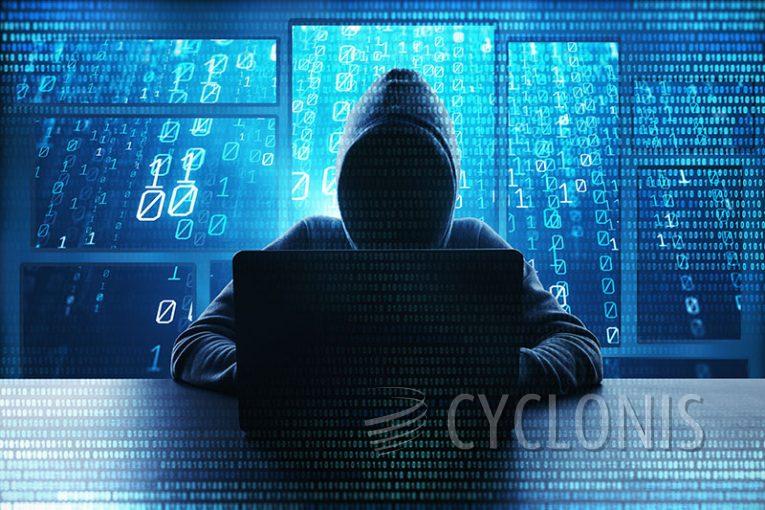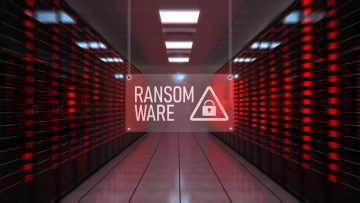Alvaro Ransomware Lists No Ransom Sum

Alvaro is a form of ransomware software designed with the intention of encrypting files and then demanding a ransom for their decryption. Upon running a sample of Alvaro on our test system, it proceeded to encrypt the files and modify their file names.
The titles of the affected files were altered to include the attackers' email address, a unique identification number assigned to the victim, and an appended ".alvaro" extension. For instance, a file originally named "1.jpg" was transformed into "1.jpg.EMAIL = [alvarodecrypt@gmail.com]ID = [20240].alvaro." Following this encryption process, a message demanding a ransom, titled "FILE ENCRYPTED.txt," was left behind.
The ransom note associated with Alvaro seeks to reassure the victim that their data can be recovered. Allegedly, trust will be established once the attackers demonstrate the ability to decrypt a file as proof. The victim is encouraged to reach out to the provided email addresses to initiate the recovery procedure.
Alvaro Ransom Note Keeps it Brief
The complete text of the Alvaro ransom note reads as follows:
Message
ATTENTION!
We can fix itand restore files.
You can trust us after opening the test file.
To restore the system write to both : alvarodecrypt@gmail.com and alvarodecrypt@outlook.comYour Decryption ID : -
How Can Ransomware Like Alvaro Get Inside Your Computer?
Ransomware like Alvaro can infiltrate your computer through various methods and vulnerabilities. Here are some common ways ransomware gains access to a computer:
- Phishing Emails: Cybercriminals often send phishing emails with malicious attachments or links. When a user opens the attachment or clicks the link, it can download and execute the ransomware on their system.
- Malicious Websites: Visiting malicious websites or downloading software from untrusted sources can expose your computer to ransomware. Some websites may automatically initiate downloads without your consent.
- Exploiting Software Vulnerabilities: Ransomware creators exploit vulnerabilities in operating systems or software to gain unauthorized access. It's crucial to keep your software and operating system up-to-date with security patches to mitigate this risk.
- Drive-By Downloads: Some websites may use drive-by downloads to deliver ransomware to your computer without any user interaction. Simply visiting a compromised website can initiate the download and execution of ransomware.
- Infected External Devices: Ransomware can spread via infected USB drives, external hard disks, or other removable media. When you connect these devices to your computer, the malware may transfer itself onto your system.
- Malvertising: Malicious advertising, known as malvertising, can lead to ransomware infections. Cybercriminals can place malicious ads on legitimate websites, and clicking on these ads can trigger a ransomware download.







